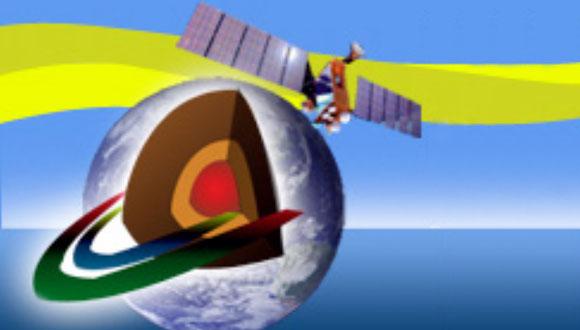Yuval Ne’eman Distinguished Lectures in Geophysics, Atmosphere and Space Sciences Endowed by Raymond and Beverly Sackler
Prof. Nader Haghighipour, Institute for Astronomy, University of Hawaii
Lecture: MODERN SIMULATIONS OF TERRESTRIAL PLANET FORMATION AND ORIGIN OF EARTH’S WATER
Abstract:
It is widely accepted that collisions among solid bodies, ignited by their interactions with planetary embryos is the key process in the formation of terrestrial planets and transport of volatiles and chemical compounds to their accretion zones. Unfortunately, due to computational limitations, these collisions are often treated in a rudimentary way where the impacts are considered to be perfectly inelastic and volatiles to be fully transferred from one object to the other. This perfect-merging assumption has profound effects on the mass and composition of final planetary bodies as it grossly overestimates the masses of these objects and the amounts of volatiles and chemical elements transferred to them. It also entirely neglects collisional-loss of volatiles (e.g., water) and draws an unrealistic connection between these properties and the chemical structure of the protoplanetary disk (i.e., the location of their original carriers). We have developed a new and comprehensive methodology to simulate growth of embryos to planetary bodies where we use a combination of SPH and N-body codes to accurately model collisions as well as the transport/transfer of chemical compounds. Our methodology accounts for the loss of volatiles (e.g., ice sublimation) during the orbital evolution of their carriers and accurately tracks their transfer from one body to another. Results of our simulations show that traditional N-body modeling of terrestrial planet formation overestimates the amount of the mass and water contents of the final planets by over 60% implying that not only the amount of water they suggest is far from being realistic, small planets such as Mars can also form in these simulations when collisions are treated properly. I will present details of our methodology and discuss its implications for terrestrial planet formation and water delivery to Earth.


